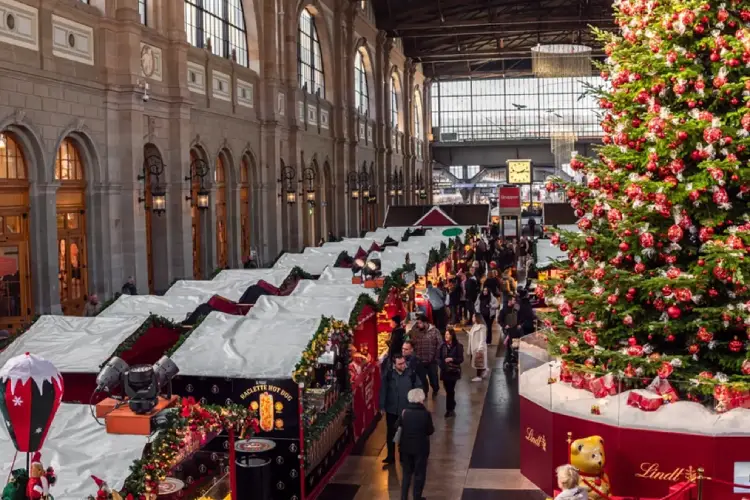Kyoto, the former capital of Japan, is a city where tradition and modernity coexist in harmony. Known for its classical Buddhist temples, stunning gardens, imperial palaces, Shinta shrines, and traditional wooden houses, Kyoto offers a glimpse into Japan’s rich cultural heritage.
Kyoto is a city that incorporates the essence of Japanese culture. Whether you’re wandering through ancient temples, strolling through serene gardens, or enjoying traditional cuisine, Kyoto offers an experience that is both deeply enriching and unforgettable.
Check out these reasons on why Kyoto should be on every traveler's bucket list -
1. Historical Significance and Cultural Richness
Kyoto was the imperial capital of Japan for over a thousand years, from 794 to 1868. This long history has lef the city with an unparalleled cultural richness. With 17 UNESCO World Heritage Sites, Kyoto is a treasure of historical landmarks. Among these is the ‘Kinkaku-ji, a Zen Buddhist temple whose top two floors are completely covered in gold leaf, reflecting beautifully in the surrounding pond, offering an exceptional view.
2. Stunning Temples and Shrines
Kyoto is renowned for its temples and shrines, each with unique architectural styles and historical significance. The Fushimi Inari Taisha is perhaps the most famous, known for its thousands of vermillion torii gates that form a path up the sacred Mount Inari. Another iconic site is the Kiyomizu-dera Temple, perched on a hill with sweeping views of the city. The temple's wooden stage extend over the hillside, offering a breathtaking view, especially during the cherry blossom season in spring and the autumn foliage. This place is a testament to Japanese craftsmanship and spiritual devotion, making it a must-visit.
3. Traditional Japanese Gardens
Kyoto's gardens are masterpieces of landscape design, reflecting the principles of Zen Buddhism and the aesthetic of wabi-sabi, which emphasizes beauty in imperfection. Ryoan-ji Temple is home to the most famous rock garden in Japan, where visitors can meditate on the carefully arranged stones and raked gravel, representing islands in a sea. The beauty and tranquility of Kyoto’s gardens provide a peaceful retreat from the hustle and bustle of modern life.
4. Gion and Traditional Geisha Culture
Kyoto is one of the few places in Japan where you can still experience the traditional Geisha culture. The Gion district is famous for its well-preserved wooden machiya houses, teahouses, and the opportunity to see a Geisha or Maiko in traditional attire. Walking through Gion, especially in the evening, feels like stepping back in time. You can also attend a traditional tea ceremony or enjoy a performance of traditional music and dance, offering a rare glimpse into this fascinating aspect of Japanese culture.
5. Seasonal Beauty: Cherry Blossoms and Autumn Grenery
Kyoto is stunning in every season, but it's particularly famous for its cherry blossoms in spring and the vibrant autumn foliage. During the cherry blossom season, usually from late March to early April, the city is covered in a blanket of delicate pink flowers. Popular spots like Maruyama Park, Philosopher’s Path, and the banks of the Kamogawa River are perfect for hanami (flower viewing).
In autumn, Kyoto’s temples and gardens are set ablaze with the fiery reds, oranges, and yellows of the maple trees. The Arashiyama Bamboo Grove and Tofuku-ji Temple are especially breathtaking during this time, offering a visual feast of color.






